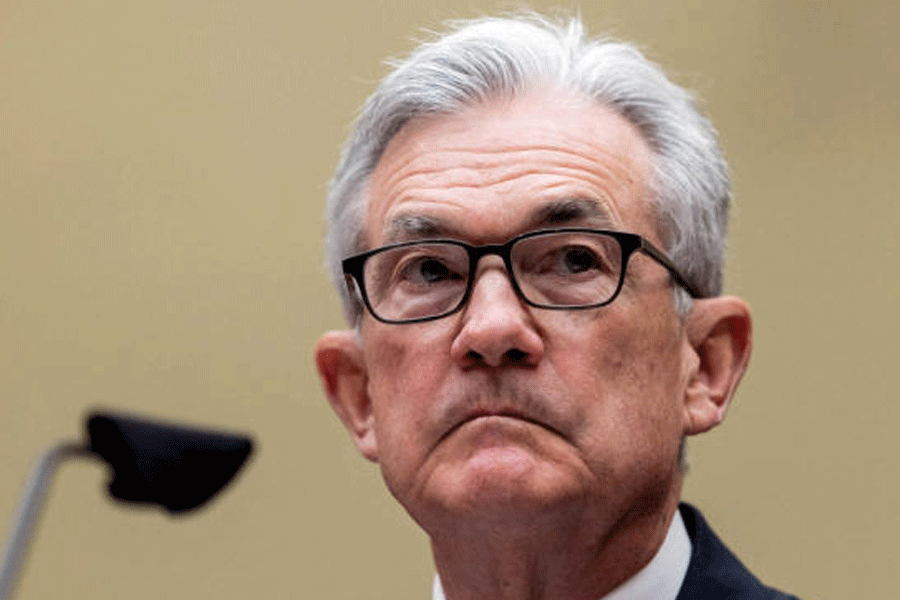The US Federal Reserve left interest rates unchanged on Wednesday while leaving the door open to a future increase, a cautious stance at a time rapid inflation is retreating but is not yet vanquished.
Rates have been on hold in a range of 5.25 to 5.5 percent since July, up from near-zero as recently as March 2022. Policymakers think that borrowing costs are now high enough to weigh on economic growth if they are kept at this level over time.
By cooling demand, the Fed is hoping to prod companies to raise prices less quickly. While the economy has held up so far — growth was unusually strong this summer — inflation has come down since 2022. Overall price increases decelerated to 3.4 per cent as of September, down from above 7 per cent at their peak.
Fed policymakers are now trying to wrestle inflation the rest of the way back to 2 per cent. The combination of economic resilience and moderating inflation has given officials hope that they might be able to pull that off gently, slowing the economy gradually and relatively painlessly in a rare “soft landing.”
The major question facing Fed officials is whether they will need to make one final rate increase in the coming months, a possibility they left alive on Wednesday.
“The full effects of our tightening have yet to be felt,” Jerome H. Powell, the Fed chair, said at a news conference after the decision. “Given how far we have come, along with the uncertainties and risks that we face, the committee is proceeding carefully.”
Powell said that officials would make decisions about the extent of additional policy firming that might be needed — and how long rates will need to stay high — based on economic data and how various risks to the outlook shape up.
At the Fed’s previous meeting, in September, policymakers had forecast that one more quarter-point increase in rates would likely be appropriate before the end of 2023. But officials did not release updated economic projections on Wednesday — the next set is scheduled to come after the Fed’s December. 12-13 meeting — and conditions have changed since then.
That is because longer-term interest rates in markets have jumped higher.
New York Times News Service










